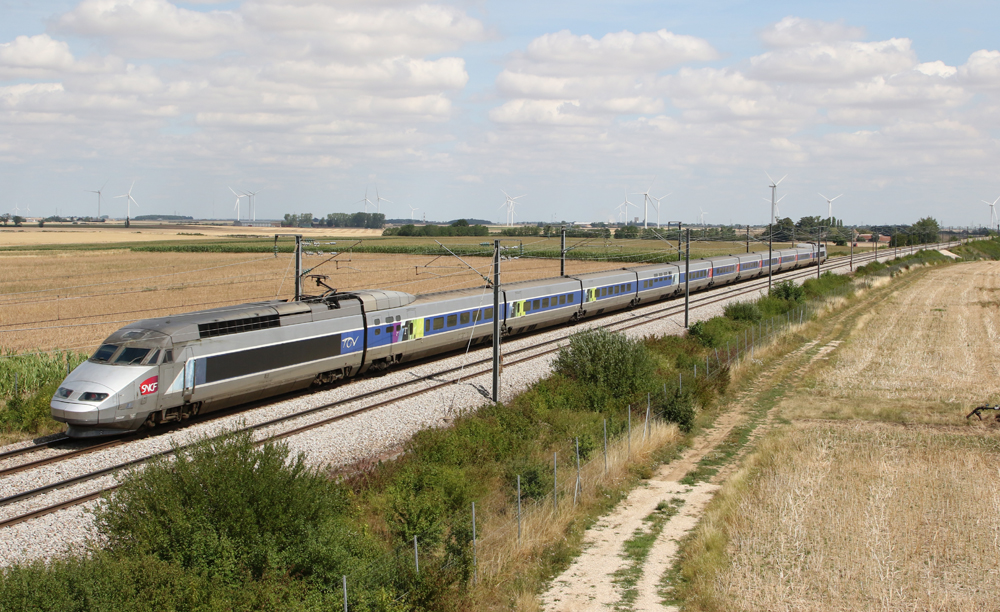
PARIS — Investigations are underway in France to identify who carried out a series of targeted arson attacks at key points on the country’s TGV high speed rail network in the early hours of today (July 26), hours before the official opening ceremony of the 2024 Olympic Games to be held on the river Seine in central Paris.
The French government has promised to “find and punish” those responsible for what was clearly a well-planned attack. The locations chosen by the attackers were not only rural, but in every case, were critical locations for operation of the high-speed lines concerned, with junctions to other routes. By knocking out cables for signaling and switches in the middle of the night when no trains were likely to be running — the attacks were carried out between 1 a.m. and 5:30 a.m. —running the attackers could cause maximum disruption without risking a catastrophic train wreck.
French national railway company, SNCF, called the event a “massive, large-scale attack aimed at paralyzing” its services. It involved arson and damage to cables at three locations:
— Courtalain, east of Le Mans and 150 kilometres (93 miles) southwest of Paris, where the “Atlantic” high speed lines (or ligne à grande Vitesse, LGV) to Rennes and Bordeaux divide;
— Pagny-sur-Moselle, about 268 km, (167 miles) east of Paris, where the Paris -Strasbourg “LGV Est” high speed line branches to service the city of Metz;
— And Croisilles, about 155 km (96 miles) north of Paris, where connections to the city of Arras leave the “LGV Nord” line linking Paris to Lille, London, Brussels, and Amsterdam.
Another attack on a junction at Vergigny, on the Paris-Lyon /Marseilles/Barcelona “LGV Paris Sud Est,” line about 140 kilometres (87 miles) southwest of Paris, was prevented by SNCF maintenance workers who happened to be at the site.
According to SNCF cables (many of them fiber optic) were burned and cut at the locations. About 500 separate cables were severed, which broke the links between five key signalling centers used to control the French high speed rail network. Repairs are likely to take all weekend.
The impact of the attacks was all the more significant as today was forecast to be one of the busiest ever for the TGV network, not only because of people travelling to Paris for the Olympics but also hundreds of thousands of French people heading off on annual August vacations by rail over this weekend. Train services on some routes affected were largely initially cancelled, although on other routes some trains were operating – often the old, slower mainline routes that the high-speed network replaced, but which fortunately remain open for freight and regional passenger rail service.
Eurostar services from London to Paris were running, although taking at least an hour longer than normal, while the junction at Croisilles was being repaired, and up to a quarter of trains between London and Paris were cancelled and likely will be until Monday, July 29. Thirteen Paris-Brussels trains also run by Eurostar were cancelled today, as well, and are likely to be until next week.
Fortunately, because the would-be attackers were disrupted at Vergigny, the busy LGV Paris Sud Est line has remained open, although trains using it were delayed. SNCF reported later today that following emergency repairs “a partial and very gradual resumption of traffic” resumed on the Atlantic line, serving western and southwestern France. Elsewhere in the country around a third of TGV trains were expected to be running by this evening, although normal operation is unlikely before Monday.
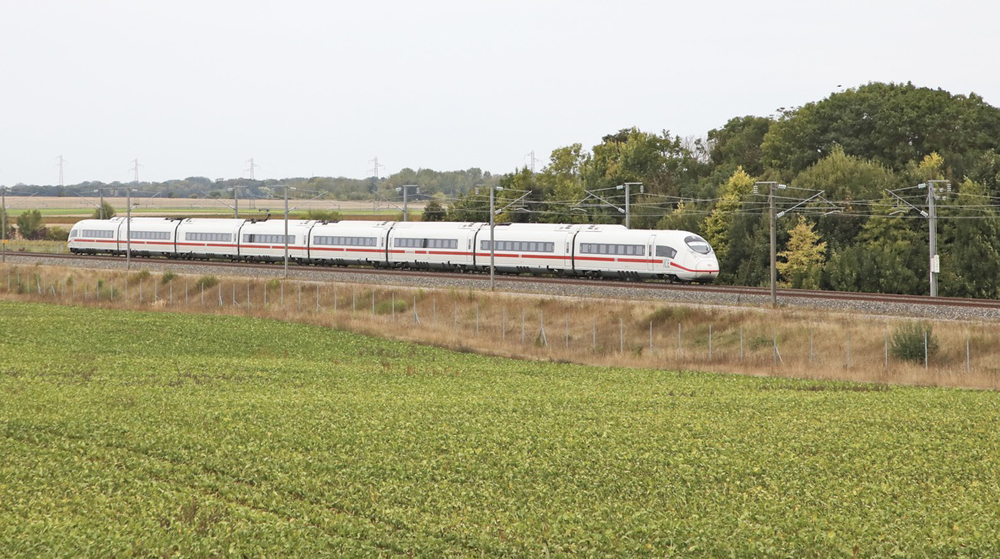
Investigation underway
No organization or nation-state has claimed responsibility for the attacks, although French government sources have told the media that either Russia — excluded from the Olympics following its 2022 invasion of Ukraine — or French domestic hard-left radicals are the most likely perpetrators. Burning and cutting rail signal cables has been done previously by far-left radicals in France – although not on this scale — and also in northern Germany in October 2022. French President Emmanual Macron has declined to answer questions on who may have been to blame.
The attacks by their nature were small scale but with high and lasting impact, designed to cause chaos and disruption rather than immediate casualties. This suggests a sophisticated level of planning, correctly forecasting the impact the action would have, and points to either a foreign intelligence service or well-informed former railway employees being involved (or some combination of the two). The French rail trade unions have publicly condemned the attacks. While France, like several other European countries, has suffered from Islamic terrorist attacks previously there is currently no suggestion from French officials that these groups are likely to blame.
Last weekend French authorities had announced the arrest of an individual they described as a Russian intelligence officer living under cover in Paris for over a decade who had been planning sabotage during the Olympics. Whether he had any link to the attacks on the rail network is unknown.
Prosecutors in Paris have launched an investigation. Assuming the culprits are found, they could be facing prison sentences of over 20 years for a range of offenses. Investigators are gathering evidence at the various scenes and have recovered vehicles, some carrying chemicals used to start the cable fires, in several locations.
— Updated at 11:45 a.m. CT with new article replacing previous version.







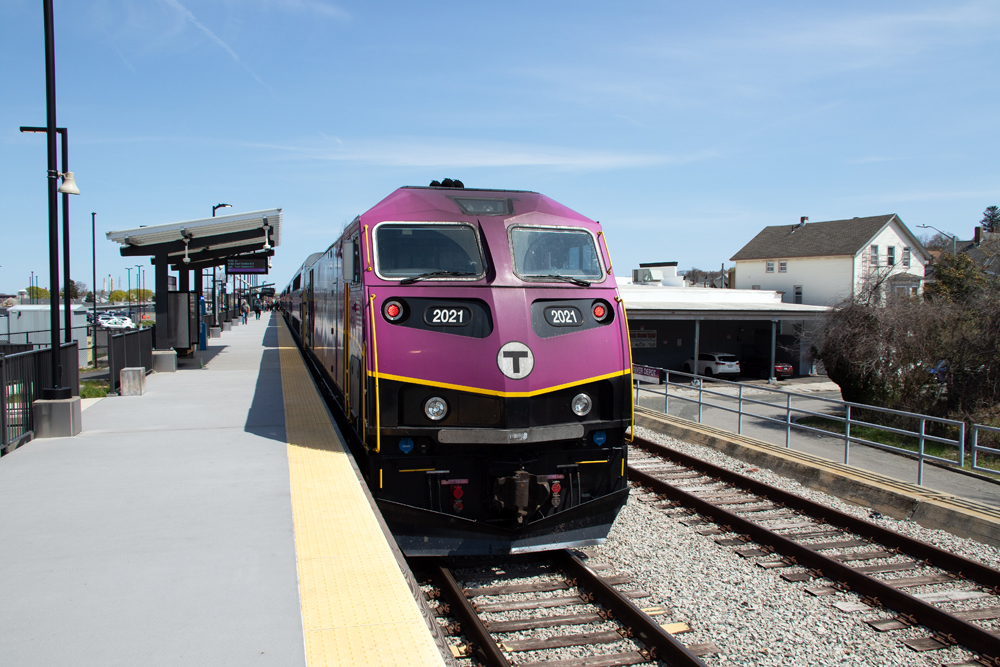
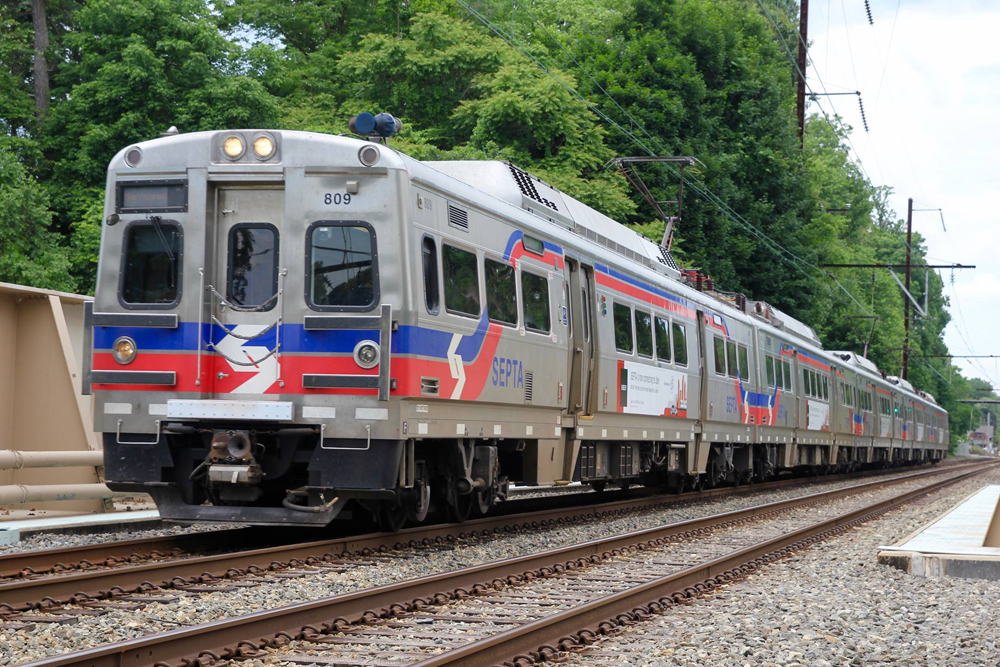
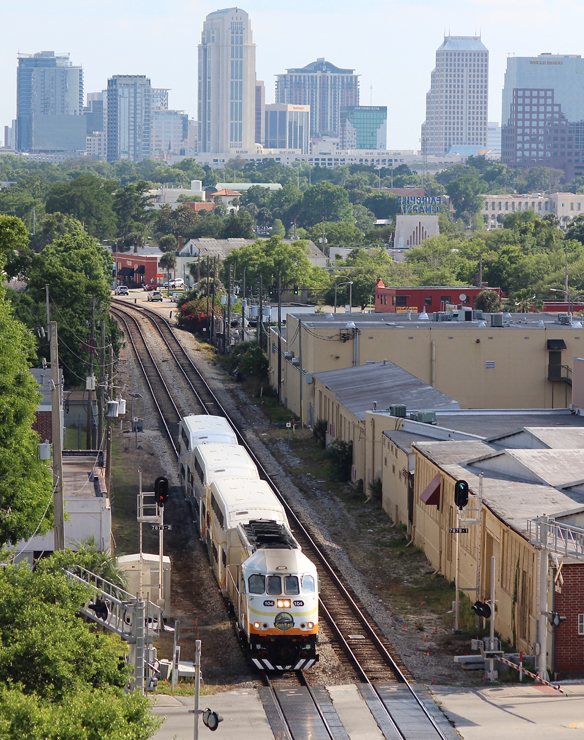




The attacks were not small scale, they were well placed attacks, yes they were carried out when no trains were running, but nevertheless, very serious incidents, If the US doesn’t get its border problem solved, and stop the massive influx of who knows whom, we too will be looking at attacks like this or worse, with the vastness of the western US, there are plenty of rural areas to conduct these attacks, it’s just a matter of time.
So the 1996 games in Atlanta were the last Olympics? Anyone else remember Centennial Park?
I suspect the Beastie Boys.
Something smells of Russia on this. They’ve been busy with sabotage and arson things around Europe and the UK for awhile. Putin is no doubt smirking either way. Maybe as payback for the Ukranians taking out another Kerch strait RR ferry the other day.
The following link shows the cables in just some kind of raceway. it appears that covers are just off the raceway. That IMO makes the cablers very vulnerable. Are the cables running between bungalows, signals, switches and other items? I remember seeing PRR on the NEC had same but do not know if Amtrak no longer does that?
Around here on all RRs all cables are buried with none in a raceway. Suspect that European RRs and any iin the US will take a long study of this raceway practice.
https://www.msn.com/en-us/video/peopleandplaces/still-photograph-shows-damaged-sncf-railway-network-cables/vi-BB1qFvjo?ocid=msedgntp&pc=HCTS&cvid=0a4c4beef98b4c389d7c2e9a62e1f13e&ei=34
Anyone surprised? I’m not. This is as surprising as today’s sunrise.
I don’t know who did this, but I know of two groups fully capable of sabotage (or worse): the “climate” lunatics, and the pro-Hamas (pro-terrorism) mobs.
how about the FSB
Russia is more likely than the people who glue themselves to paintings or paint Stonehenge orange. Those folks want to be noticed and get their issues in the news, these saboteurs were doing it clandestinely, apparently hoping not to have their work noticed until long after they fled.
This will be the last Olympics. More and more security just means more and more security breaches. Trump has discontinued outdoor rallies. We’ve gotten to the point where no important person will ever be seen in public or let anyone know his/her movements.